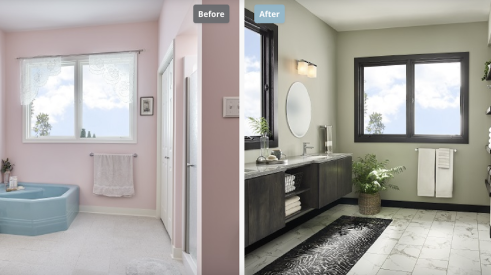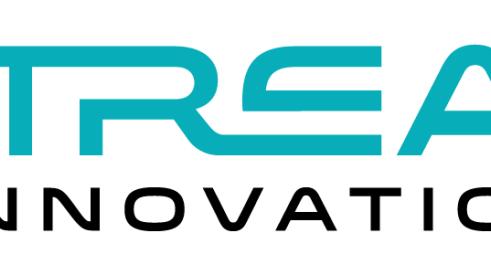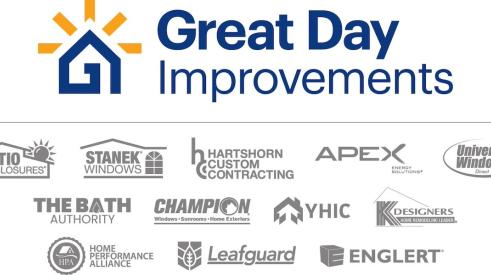|
|
These are just theories I'm working with, subject to review at any time, jokes Michael McCutcheon, president of McCutcheon Construction in Berkeley, Calif.
McCutcheon, a green contractor, says that spray-foam products are at the top of the food chain when it comes to green insulation. But no matter what method remodelers use to seal up the home, they better do it right.
“First of all, like many general contractors, we’re also subcontractors. So sometimes we use what the general contractors use,” explains McCutcheon. Typically, he says, they still use a lot of the Owens Corning “pink stuff” or Johns Manville “white stuff.” But after taking green courses, McCutcheon found himself kind of stumped on the issue.
“They tell us we shouldn’t be using the pink stuff because of the urea formaldehyde in the binding or the fibers that are released in the air. So, OK, say you use the 'white stuff’ from Johns Manville I believe, but those still have fiberglass fibers in the air. But then we have green clients, and they ask about recycled cotton denim. I don’t know all the technicalities, but the bottom line problem with that stuff is the fire retardant chemicals in there.”
So what is a company to do? McCutcheon points out the “pink stuff” is GreenGuard certified — schools in California recommend it and don’t find formaldehyde in the air when it’s tested. But it’s not just what’s in the insulation that counts; installation quality and the insulation’s effect on reducing air infiltration are even more important. “If you inspect some jobs, you can find the batt insulation that’s just a ¼-inch off, or they didn’t cut it around an outlet correctly. The home performance guys say that even the smallest gap has a huge degrading effect on the insulation,” he says, comparing that air infiltration to driving your car with a slight crack in your window.
|
|
McCutcheon’s company has increasingly moved toward spray foam. “Whenever we can we use open-cell foam like Icynene. Among other things, it lets moisture through and lets the house breathe. We’d use closed-cell on a flat roof or in any situation where we need to keep all the water out,” he says. He avoids the closed-cell versus open-cell debate but agrees you generally want moisture to be able to move.
“When we’re retrofitting, we like to spray open-cell foam into the roof rafter plane — assuming we have an attic space. We spray it up under the roof. It keeps the attic itself cool. Now we don’t have this hot or cold blanket on top of the house. It seals beautifully,” he says.
The company likes to seal off the ventilation and other areas. For around $2,000 - $3,000 they’ll take some spray foam and caulking and stuff up all the home’s penetrations — flue chases, skylights, anything that allows thermal movement and can be safely reached will be plugged. “In one stroke you don’t have to find every darn hole in the ceiling like you would if you wanted to use blown-in cellulose and caulk. We don’t like that wires and ductwork are covered up. Yeah, it’s more expensive, but even if you put in a ½-inch layer of foam it’s going to be better.”
McCutcheon, though a strong green advocate, doesn’t commit to any one particular method or company. “I believe you need the most effective method of reducing air penetration in the home for each individual situation. You have to seal it up, period,” he says. He points to the typical Styrofoam cup, as an example. “If you’re focused on R-values, you’re focusing on the wrong thing. A Styrofoam cup is R-1 and yet you can hold boiling hot water inside it. So it’s not about the R-value, it’s about air penetration. It’s like wearing light fleece on a windy day — it’ll cut right through you,” he says.
He repeats his mantra. “Closed-cell on the roofs. Open-cell in the floors,” he says — “Subject to review and change at any time!”
If you have ideas or comments, e-mail Nick Bajzek at nicholas.bajzek@reedbusiness.com.
Spray-foam products are top of the food chain when it comes to green insulation
Add new comment
Related Stories
NAHB Announces Action Plan for Housing Affordability
Six of the proposed 10 action items are important to residential remodelers
Re-Bath Expands its Reach with New Franchise
The company signs a deal with brothers who are first-time franchisees
NARI Renames Awards Program
The awards program has a new name, but continues its tradition of recognizing the best in residential remodeling
Registration Open for Women in Residential+Commercial Construction Conference 2024
Join 300+ women in construction for three days of impactful idea-sharing and networking in Phoenix
Power Home Remodeling Expands Financing Offshoot with $400M from Goldman Sachs
Industry-leading home improvement company Power plans to grow its fintech offshoot fivefold with new investment
Great Day Improvements Acquires LeafGuard and Englert
Leading home improvement company Great Day Improvements purchases two major brands from private equity firm Audax
Metros with the Highest and Lowest Remodel ROI
First-time homebuyers can find fixer-upper listings priced between 5 to 10% lower than move-in ready homes. The high return on investment of these projects shows that remodeling remains a strong option to navigate the current housing market
Latest Private Equity Activity Signals Continued Strength in Home Improvement
A hot month for private equity means the industry remains opportunity-rich
Pro Remodeler Wins Two Prestigious Jesse H. Neal Awards
The editorial team was honored with one of B2B journalism's most prestigious awards in the categories of Best Subject-Related Package and Best Range of Work by a Single Author
Business Coach Cited in Attorney General Lawsuit Against Contractor
A New England contractor faces a civil suit alleging his company’s growth was tied to a business coach with a model that “encourages fraud"














